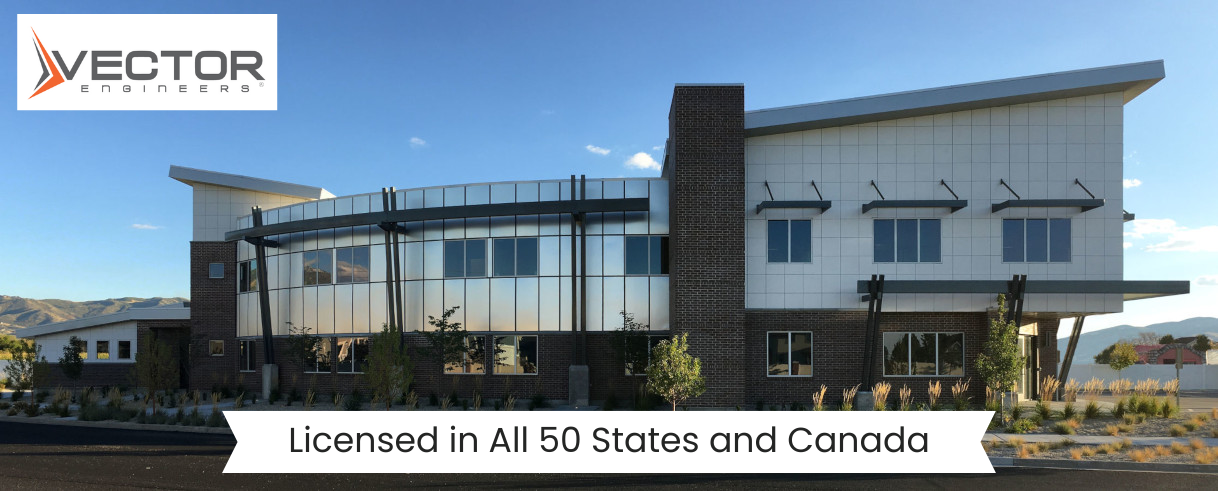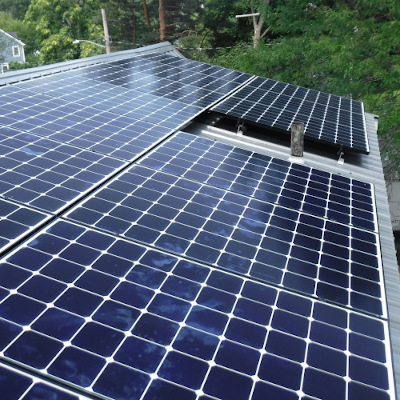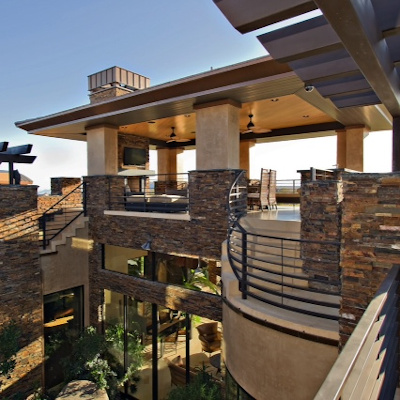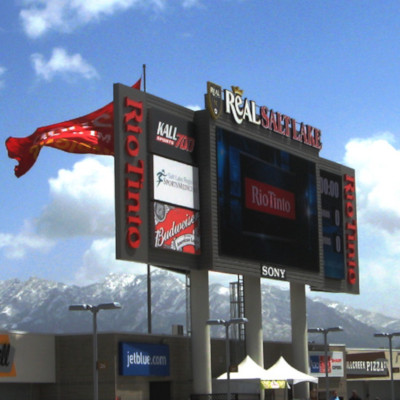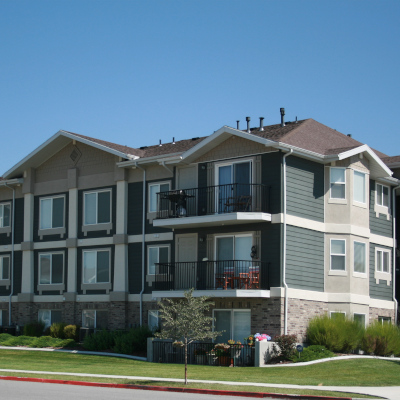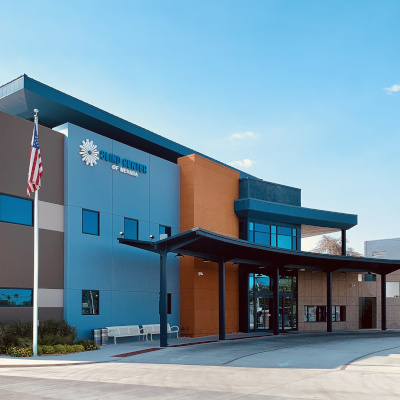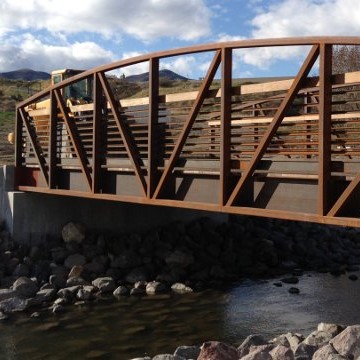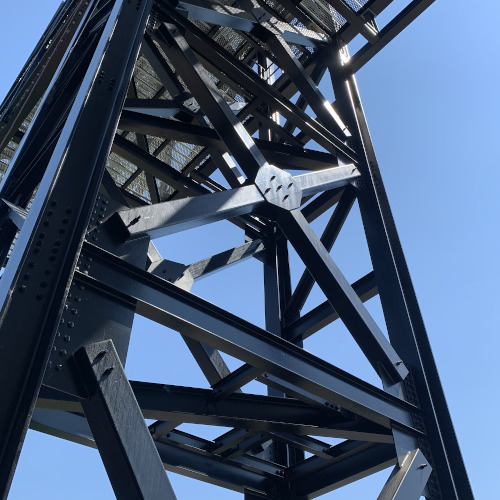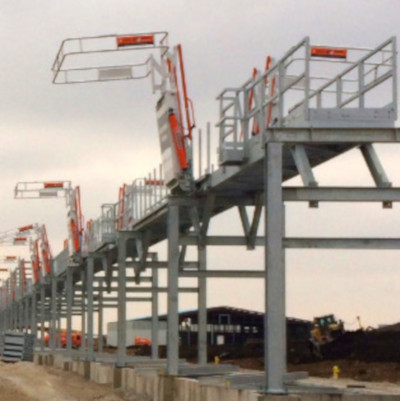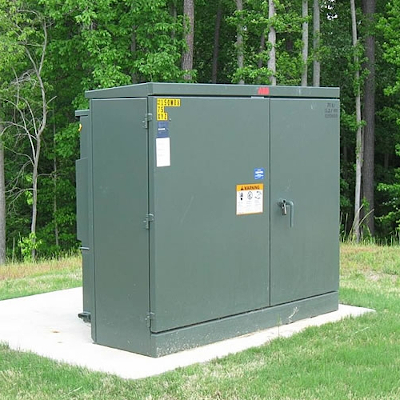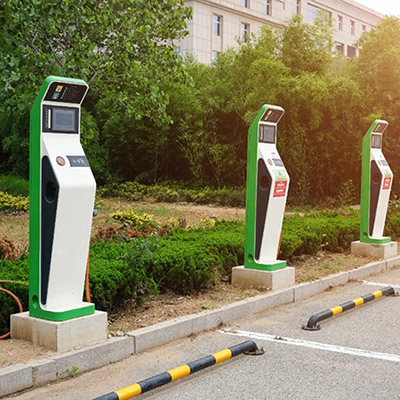Las Vegas Structural Steel Connections
The city of Las Vegas is known for its iconic architecture and impressive skyline. Behind the beauty of these structures lies the importance of strong and reliable structural steel connections. Understanding the principles and various types of steel connections used in construction is crucial in ensuring the structural integrity and safety of buildings in the booming city.
Understanding Structural Steel Connections
Basic Principles of Steel Connections
At its core, a steel connection is a joint or fastening between two steel members in a construction project. These connections enable the transfer of loads, such as the weight of the structure, to ensure stability and prevent structural failure. The strength and durability of these connections are imperative to the overall strength of the building.
When it comes to steel connections, there are a few basic principles that engineers and construction professionals adhere to. One of these principles is the concept of load transfer. In order for a steel connection to be effective, it must be able to transfer the loads from one member to another without compromising the integrity of the structure. This requires careful consideration of factors such as the size and type of connection, as well as the materials used.
Another important principle is the concept of redundancy. Redundancy refers to the use of multiple connections to distribute the load evenly across the structure. This helps to prevent any single connection from bearing too much weight, which could lead to failure. By incorporating redundancy into the design of steel connections, engineers can ensure the overall stability and safety of the structure.
Types of Structural Steel Connections
There are several types of structural steel connections used in the construction industry. The most commonly used connections include bolted connections, welded connections, and riveted connections. Each type has its own advantages and considerations, depending on factors such as load requirements, ease of installation, and flexibility during construction.
Bolted connections are one of the most versatile types of steel connections. They involve the use of bolts and nuts to fasten two or more steel members together. Bolted connections are popular because they offer flexibility in terms of disassembly and reassembly, making them ideal for structures that may need to be modified or expanded in the future. Additionally, bolted connections can be easily inspected and replaced if necessary, providing a level of convenience and ease of maintenance.
Welded connections, on the other hand, involve the fusion of two steel members using heat and pressure. This creates a strong and permanent connection that is highly resistant to shear and tension forces. Welded connections are often used in applications where high strength and rigidity are required, such as in the construction of bridges and high-rise buildings. However, it is important to note that welded connections may be more difficult to inspect and repair compared to bolted connections.
Riveted connections, although less common in modern construction, were widely used in the past. They involve the use of metal rivets to join steel members together. Riveted connections offer excellent strength and durability, as the rivets are designed to resist shear and tension forces. However, riveted connections can be time-consuming and labor-intensive to install, as each rivet must be individually heated and hammered into place. This has led to the decline in the use of riveted connections in favor of more efficient and cost-effective alternatives.
In conclusion, understanding the principles and types of structural steel connections is crucial in the construction industry. By carefully selecting and designing the appropriate connections, engineers can ensure the overall strength, stability, and safety of the structures they build.
Importance of Steel Connections in Construction
Role in Structural Integrity
Steel connections play a vital role in the structural integrity of buildings. By effectively transferring loads between steel members, connections ensure that the structure can withstand various forces, such as wind, seismic activity, and live loads. The proper design and implementation of steel connections are essential in creating a safe and durable building.
Impact on Building Safety
Building safety is a top priority in the construction industry, especially in a dynamic city like Las Vegas. Steel connections contribute significantly to building safety by providing the necessary strength and stability required for structural elements. Strong connections minimize the risk of collapse during extreme events, protecting occupants and surrounding structures.
Las Vegas and Its Demand for Structural Steel Connections
Influence of Las Vegas Architecture
Las Vegas is renowned for its unique and innovative architecture. The city’s iconic structures, such as the Bellagio and the Luxor, showcase the creative use of structural steel connections. Architects and engineers in Las Vegas demand high-quality connections to bring their visionary designs to life while ensuring safety and durability.
Future Trends in Steel Construction in Las Vegas
The demand for steel construction in Las Vegas is expected to grow exponentially in the coming years. Advances in technology and design techniques will enable the creation of even more complex and awe-inspiring structures. As a result, the need for innovative and efficient steel connections will continue to rise.
Challenges in Designing and Implementing Steel Connections
Technical Difficulties and Solutions
The design and implementation of steel connections present unique challenges. These challenges include accounting for different load scenarios, accommodating movement and expansion, and ensuring the compatibility of materials. However, engineers and architects constantly strive to overcome these difficulties through creative design solutions and rigorous testing.
Cost and Time Factors
Cost and time are crucial considerations in any construction project. Designing and implementing steel connections can add to both the cost and time requirements. However, the long-term benefits of durable and reliable steel connections often outweigh these initial challenges. Proper planning and efficient construction techniques can help minimize the impact on project schedules and budgets.
Regulations and Standards for Steel Connections in Las Vegas
Local Building Codes and Regulations
Las Vegas, like any other city, has specific building codes and regulations that govern the design and construction of steel connections. These codes ensure that structures meet safety standards and protect the public. Architects and engineers must adhere to these regulations to obtain the necessary permits and ensure compliance with local requirements.
Compliance with National and International Standards
In addition to local regulations, steel connections in Las Vegas must also comply with national and international standards. These standards, such as those set by the American Institute of Steel Construction (AISC), provide guidelines for the design, fabrication, and installation of steel connections. Compliance with these standards ensures consistent quality and safety across the industry.
In conclusion, the use of structural steel connections is integral to the construction industry in Las Vegas. Understanding these connections, their importance in building safety, and the unique challenges associated with their design and implementation is crucial for engineers and architects in the city. By adhering to local and international regulations, Las Vegas can continue to flourish with stunning and secure structures that define its architectural landscape.
What our customers have to say
“I have had the pleasure of working with the Engineers at Vector for over 10 years. Over that time they have continually proven themselves in their quality of work, dedication to their craft, and in meeting tight deadlines. They have gone out of their way to learn and understand our designs to ensure their results are as accurate and reasonable as possible. I would highly recommend them to anyone.”
“We have had a very smooth transition from our previous engineering firm to your company. Since we made the move, the turnaround times have been very quick and consistent, and we haven’t had to stress over our structural stamps — which has been a great relief. Many thanks to you and the rest of your team.“
“DBM Solar Design & Consulting has been working with Vector now for 5 years. We have not worked with any other engineering firm outside of Vector and there is a reason for that. All the engineers that I have worked with have all been most accommodating in every aspect of our solar engineering projects.”
“Over the course of my ten years in the industry, I’ve used probably 30 different PE firms, and Vector has just out-performed them in every way. Speed. Quality. Price. We operate in 900 cities and towns in seven states, and all the jurisdictions appreciate their verbiage, layout and calculations. We never have issues with anybody questioning their work.”
“I have had the pleasure of working with the Engineers at Vector for over 10 years. Over that time they have continually proven themselves in their quality of work, dedication to their craft, and in meeting tight deadlines. They have gone out of their way to learn and understand our designs to ensure their results are as accurate and reasonable as possible. I would highly recommend them to anyone.”
“Over the course of my ten years in the industry, I’ve used probably 30 different PE firms, and Vector has just out-performed them in every way. Speed. Quality. Price. We operate in 900 cities and towns in seven states, and all the jurisdictions appreciate their verbiage, layout and calculations. We never have issues with anybody questioning their work.”
“We have had a very smooth transition from our previous engineering firm to your company. Since we made the move, the turnaround times have been very quick and consistent, and we haven’t had to stress over our structural stamps — which has been a great relief. Many thanks to you and the rest of your team.“
“DBM Solar Design & Consulting has been working with Vector now for 5 years. We have not worked with any other engineering firm outside of Vector and there is a reason for that. All the engineers that I have worked with have all been most accommodating in every aspect of our solar engineering projects.”

Providing Structural & Electrical Engineering services in all 50 states plus Washington D.C., Puerto Rico and Canada.


